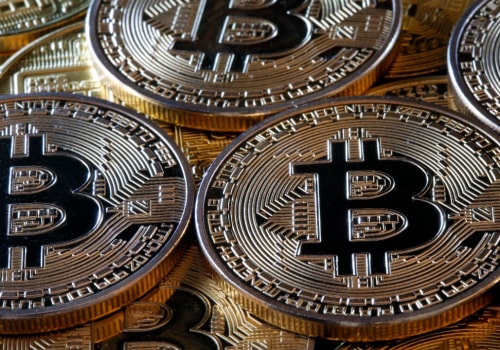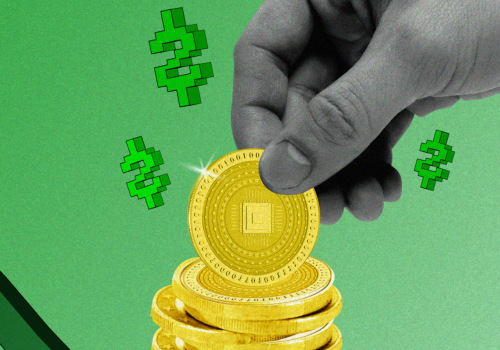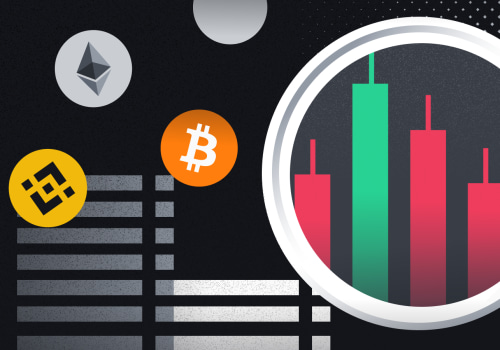Cryptocurrency is a form of digital currency that exists only in digital form. From Bitcoin and Ethereum to Dogecoin and Tether, there are thousands of different cryptocurrencies, making it overwhelming when you first start out in the world of cryptocurrencies. To help you find your way around, these are the top 7 cryptocurrencies based on their market capitalization or the total value of all the currencies currently in circulation. Ethereum, both a cryptocurrency and blockchain platform, is a favorite of program developers because of its potential applications, such as so-called smart contracts that execute automatically when conditions are met and non-fungible tokens (NFTs).
Unlike other forms of cryptocurrency, Tether (USDT) is a stable currency, meaning that it is backed by fiat currencies such as the U. S. UU. Dollars and hypothetically maintain a value equal to one of these denominations.
In theory, this means that the value of Tether is supposed to be more consistent than that of other cryptocurrencies, and it is the favorite of investors who are wary of the extreme volatility of other currencies. Like Tether, the USD (USDC) currency is a stable currency, meaning it's backed by the U. Dollars and objectives of a ratio of 1 USD to 1 USDC. USDC works with Ethereum, and you can use USD Coin to complete global transactions.
Binance USD (BUSD) is a stable currency that Paxos and Binance founded to create a U. S.-backed cryptocurrency. To maintain this value, Paxos owns a quantity of US, S. Dollars equal to the total supply of BUSD.
As with other stable currencies, BUSD provides cryptocurrency traders and users with the ability to transact with other cryptocurrency assets while minimizing the risk of volatility. Created by some of the same founders of Ripple, a digital technology and payment processing company, XRP can be used on that network to facilitate the exchange of different types of currencies, including fiat currencies and other major cryptocurrencies. A little later on the cryptocurrency scene, Cardano (ADA) stands out for its early adoption of proof of participation validation. This method accelerates transaction time and reduces energy use and environmental impact by eliminating the competitive and problem-solving aspect of verifying transactions on platforms such as Bitcoin.
Cardano also works like Ethereum to enable smart contracts and decentralized applications, which ADA, its native currency, drives. Developed to help drive the uses of decentralized finance (DeFi), decentralized applications (DApps) and smart contracts, Solana uses a unique hybrid proof-of-participation and proof of history mechanism to process transactions quickly and securely. SOL, Solana's native token, powers the platform. We have analyzed the main exchange offers and a wealth of data to determine which are the best cryptocurrency exchanges. When you buy cryptocurrency through an exchange or brokerages such as WeBull or Robinhood, you don't get ownership over anything except the token itself; it's more like exchanging one form of currency for another.
If you buy and sell currencies, it's important to pay attention to cryptocurrency tax rules. Cryptocurrencies are treated as an equity asset, like stocks, rather than cash. That means that if you sell cryptocurrency at a profit, you'll have to pay capital gains taxes. This is the case even if you use your cryptocurrencies to pay for a purchase. If you receive more than what you paid, you'll owe taxes on the difference. Given the thousands of cryptocurrencies that exist (and the high volatility associated with most of them), it's understandable that you want to take a diversified approach to investing in cryptocurrencies to minimize the risk of losing money. When we first think of cryptocurrency, we usually think of Bitcoin first.
This is because Bitcoin represents more than 45% of the total cryptocurrency market. So when we talk about cryptocurrencies outside of Bitcoin, all of those cryptocurrencies are considered altcoins. Ethereum, for example, is considered to be the most popular altcoin. Part of what makes Bitcoin so valuable is its scarcity.
Bitcoin's
maximum supply is limited to 21 million coins.There are currently 19 million coins in circulation. To create an offer, Bitcoin rewards cryptocurrency miners with a fixed amount of Bitcoin. To be exact, 6.25 BTC is issued when a miner has successfully mined a single block. To keep the process under control, the rewards awarded for Bitcoin mining are halved almost every four years. Cryptocurrencies are increasing in importance and are not going away anytime soon. While the initial premise of cryptocurrencies was to solve the problems of traditional currencies, a large number of useful cryptocurrencies have now emerged thanks to blockchain technology.








Leave Message